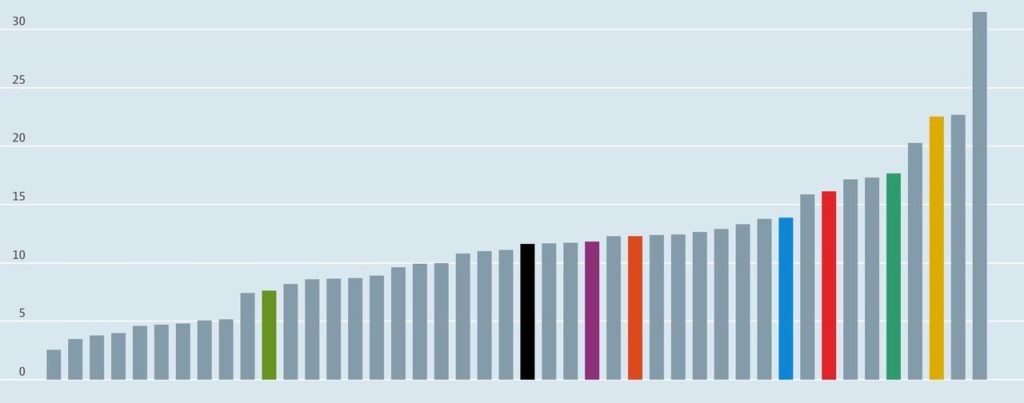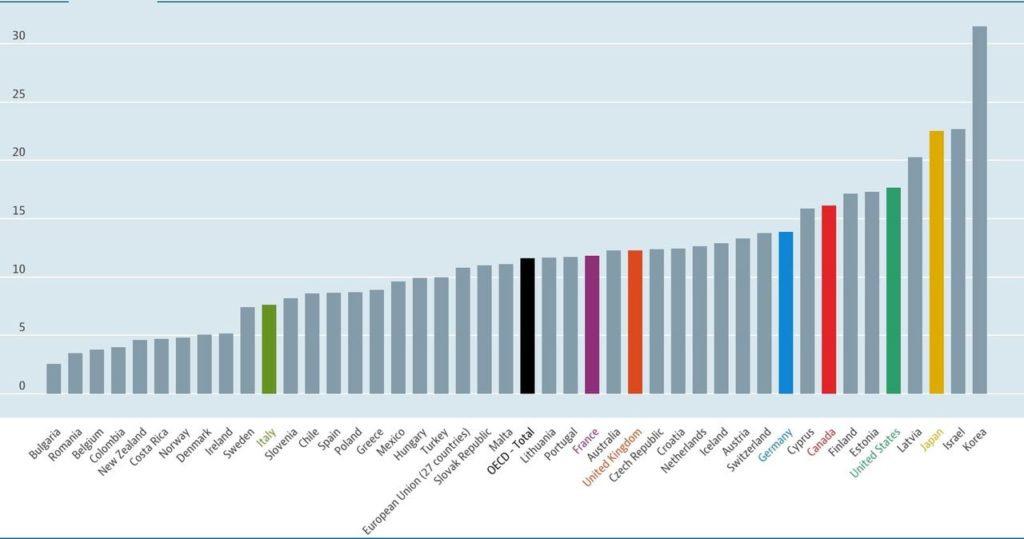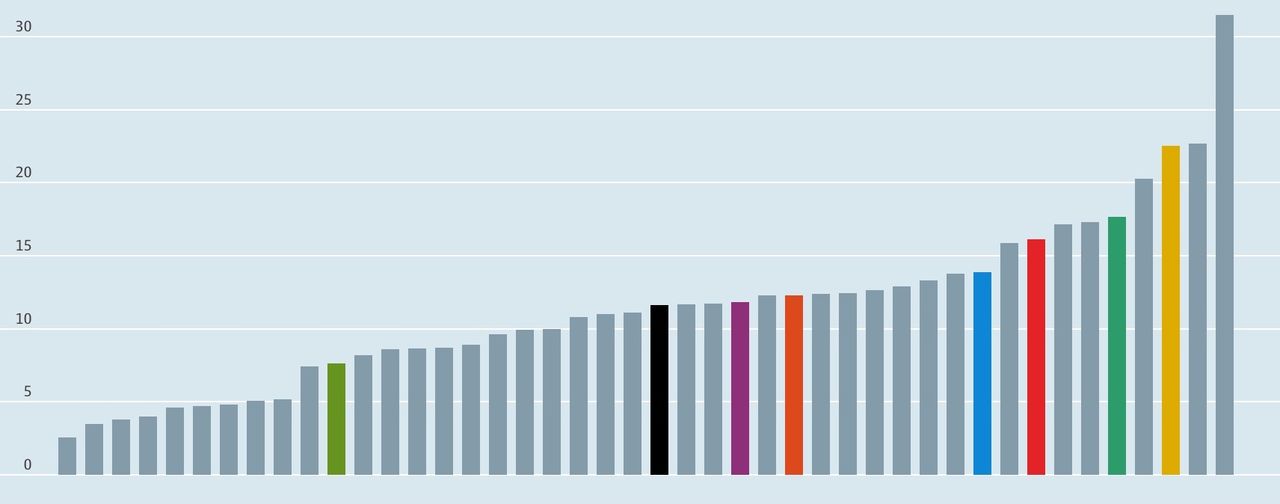
On Tuesday, International Women’s Day, Women in 3D Printing released their regular Diversity For Additive Manufacturing report.
The organization, founded years ago by Nora Touré, promotes the inclusion of women in the very male dominated additive manufacturing industry. They provide a wealth of services to assist women hoping to or working in the AM field, including job boards, speaker network, as well as very well regarded local and global events.
Their premiere event is the annual TIPE conference, a large online forum where multiple tracks present information not just about diversity, but also 3D print technology in general.
As Wi3DP executes its vision they have certainly moved the needle in their areas of focus.
One of their many activities is to produce a quarterly diversity report for the additive manufacturing industry, as part of their Diversity, equity, and inclusion (DEI) initiative. The report attempts to examine information from multiple sources and provide focus for those in our industry.
This quarter’s report, authored by Madeleine Prior, deals with the “pay gap”, which is defined as: ”the difference between the salaries of working men and women.”
In almost every place I’ve worked I’ve noticed that indeed women tend to be paid less than their male counterparts, and I’m certain you have seen the same effect.
The question is, why is this the case? The excuse that women haven’t had sufficient time to gain enough experience simply doesn’t ring true after years, perhaps decades of women working alongside men in AM, albeit in lower staff counts.
The report presents multiple reasons for this effect, but at the same time presents methods for resolving the problem, but it is a challenge. Wi3DP’s Sarah Goehrke (and former Fabbaloo Managing Editor) explains:
“Because we still have to make a business case for why investing in DEI matters, because the industry doesn’t look like the world, because it’s easier to hire people who look and think like you, because Critical Race Theory has become a contentious political talking point rather than a reflective learning principle, because applying hard lessons to an advanced manufacturing industry can apparently seem unrelated… for a thousand “because”s, it’s not simple.
That’s why it’s work.”

The report recognizes that diversity is complex and involves a variety of situations that vary from company to company, person to person and country to country. For example, this chart from the OECD illustrates the average pay gap between women and men in a selected list of countries. You can see that the highest gap is in South Korea, where on average, women are paid an astonishing 31.5% less than their male counterparts. On the other hand, Romania’s gap is only 2.6%.
But those statistics are for all industries within nations, and we should be focused on our own industry. The report presents some data collected from AM participants, but it is only regarding job level and pay satisfaction, rather than hard numbers. Because a notable amount of anecdotal evidence exists, the report recommends more detailed and specific surveys be undertaken.
What can you do? Every company has room for DEI initiatives, no matter what the circumstances might be. I’m particularly interested in startup companies that generally form in chaotic circumstances, that only later discover they have to clean up their administrative activities. These companies might have sorted out their early accounting and legal issues, but I suspect many have neglected their HR activities, where DEI is often coordinated within companies. That’s a great place to start.
If you’d like to read the report, and I encourage you to do so, you can obtain a copy at no charge from Wi3DP right here.

